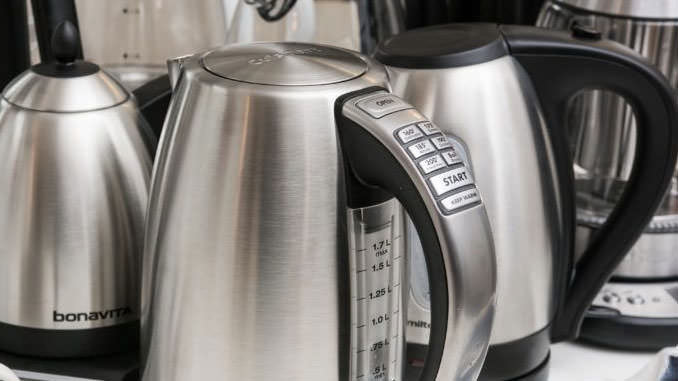
Most people who start using electric kettles soon become almost addicted to it as liquids boil much faster, and its use is quite simple and affordable for everyone. Furthermore, it is believed to be more efficient than using a microwave oven or traditional saucepan over a flame.
Cleaning this appliance is an integral part of its maintenance because mineral deposits, especially calcareous ones, slow down the healing process of the liquid inside. Calcification and ruining the kettle’s aesthetic appearance can also compromise the flavor of the tea or coffee. So let’s see how to descale an electric kettle.
First, pour a whole anti-limescale packet into the cold electric kettle, half-filling it with warm water. Transfer the kettle to its base, turn on the appliance, and then move it as soon as the water has boiled. Now slowly pour the cleaning solution into the sink, rinsing the kettle with hot water and wiping the inside with a soft cloth to prevent limescale stains.
Alternatively, you can descale the kettle using vinegar, although this takes longer. Then fill the electric kettle halfway with a part of water and a part of white vinegar: the latter will slowly dissolve the limescale inside the kettle.
Bring the water and vinegar solution to a boil, stirring, turn off the heat and let the liquid work for a whole night. This will give the mixture enough time to dissolve most of the limescale. Remember never to leave the kettle on all night to avoid the risk of fire.
Pour the water and vinegar into the sink, fill the kettle with cold water for a quarter, and shake it. At this point, throw away the water and use the steel wool to clean the inside of the appliance well: most of the limescale should be gone.
Rinse the kettle with cold water to remove the vinegar smell. If you see limescale left inside, repeat the procedure if you deem it necessary. You can also use normal sponges for washing dishes, scrubbing with the rougher part.